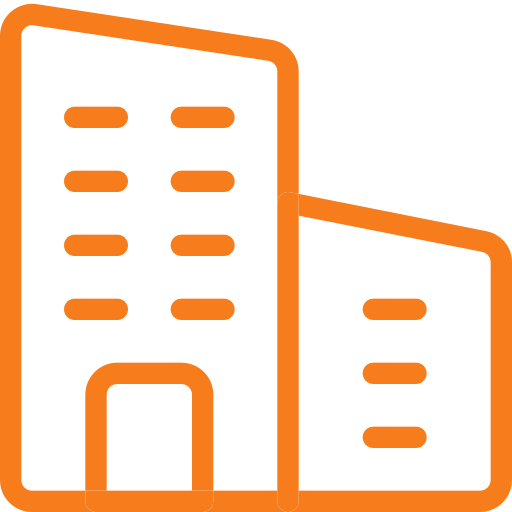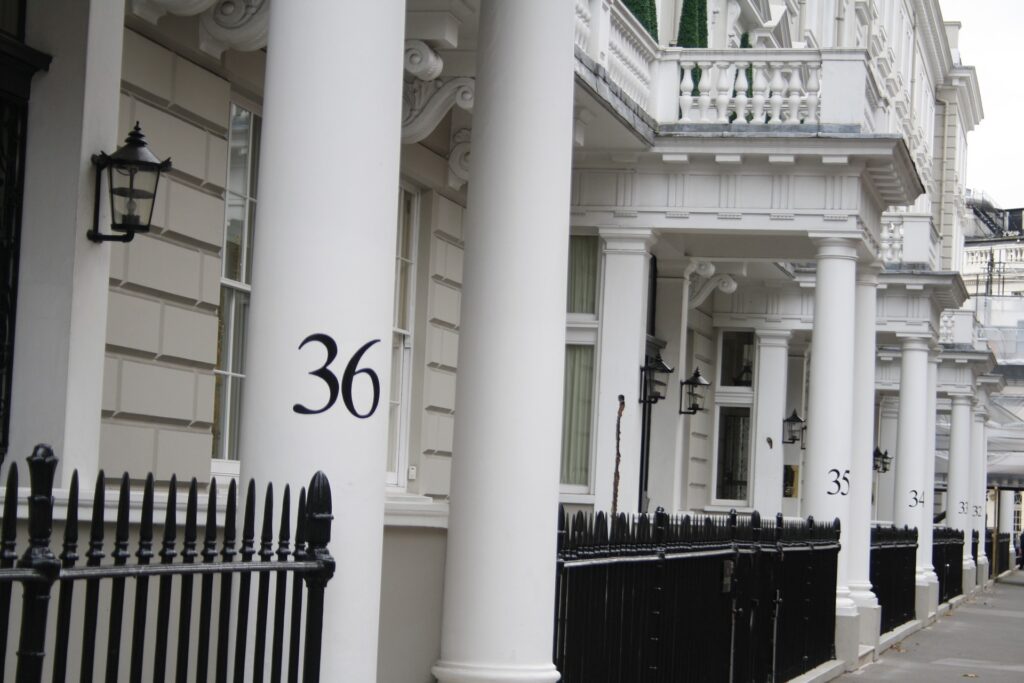BUY-TO-LET MORTGAGES

No upfront fees

Buy To Let for individuals

Limited Company Buy To Lets

Interest only Buy To Let options

All size loan values considered

Same day in principle decision
What are Buy-to-Let Mortgages?
A buy to let mortgage is a type of mortgage facility for property investors, developers and landlords. It differs from a normal residential mortgage because it is taken out with the sole intention of renting the property to a tenant or multiple tenants, rather than, owner-occupation.
We can accept Buy-to-Let mortgage applications from individuals, limited companies, SPV’s and overseas entities
Buy-to-Let for Individuals
Whether you are a first time landlord or a seasoned property professional, the Buy-to-Let team at Harrington Financial Services can advise you on the best available mortgage products currently on the market.
- 85% maximum LTV
- 5-25 year terms
- Borrow between £5,000 and £1m
- No upfront fees
- Same day in principle lending agreement
- First time landlords
- No minimum outside income
- Portfolio landlords accepted
Limited Company Buy-to-Lets
Corporate/Company Buy to Lets are typically designed for the purchase of residential property through a limited company (trading) or a special purpose vehicle. Harrington Financial Services are able to secure corporate buy-to-let products for;
- Investors
- Developers
- Property professionals
- Company portfolios
- Trading business applicants
- SPV applicants
- Director loan deposits
- Inter-company loan deposits
- Group structures accepted
How can we help?
With over 20 years experience and master broker status, Harrington Financial Services are able to arrange buy to let, and corporate buy to let mortgages through our carefully selected panel of lending partners with LTV’s of up to 85% without additional security. With additional security, we can source mortgage loans up to 100% LTV of the value or purchase price.
An introduction to Buy-To-Let Mortgages
A buy to let (or BTL) mortgage in the UK allows you to borrow money to purchase a property that you can rent out.
Buy to let mortgages work just like normal mortgages, but lenders take the potential rental income into account when deciding how much money they are happy to lend.
You can compare the best buy to let mortgages available with Uswitch, and try to find the best mortgage for your needs.
Whether or not you need a residential mortgage or a buy to let mortgage will depend on your intentions for the property you purchase. If you are looking to buy a property to live in, you will typically need a residential mortgage. If you plan to buy the property to rent out, you will need a BTL mortgage which is specifically designed for landlords.
If you live in a property and have a residential mortgage but intend to move out and rent the property to tenants, speak to your mortgage lender about the changes to determine if and when you will need to change over to a buy to let mortgage.
There are many similarities between BTL mortgages and residential mortgages, although there are some key differences to note.
Homeowner mortgages tend to be either on a capital repayment basis, which means you pay back a part of the loan and some interest each month, or on an interest-only basis.
But most buy to let mortgages are interest-only.
Many landlords consider that the best buy to let mortgages are interest only, which means that your repayments will not go towards repaying the loan – the income you receive from the rent is yours to keep. Some landlords put the income into a savings account to help pay back the mortgage at the end of the term. Finding the best BTL mortgage rate is important to ensure you maximise your income from a rental property.
Other buy to let homeowners use the sale of their property to pay back the mortgage, especially if its value has increased over that period.
The requirements that lenders consider for buy to let mortgages differ from residential mortgages. Unlike a standard mortgage which looks at your own affordability, with a buy to let mortgage lenders take into account a percentage of the rental income you will get from letting the property as well as your own income.This is known as rental yield and will be taken into account when the lender decides whether to offer you a BTL mortgage.
Buy to let mortgages are available as fixed, variable and tracker deals, and arrangement fees are normally about 1.5% to 2% of the mortgage. Often, interest rates are higher on buy to let mortgages than residential mortgages, even though you will need a larger deposit than a standard mortgage, due to the higher risk involved. Arrangement fees may also be higher for buy to let mortgages so remember to factor in these additional costs.
Depending on the lender, there may also be minimum age requirements so be careful to check your eligibility before applying for a mortgage, or speak to a mortgage broker. It is common for lenders to specify that you have an annual income of at least £25,000 as an individual.
Buy to let mortgage rates are typically higher than residential mortgage rates, as lenders consider landlords to be higher risk borrowers than residential mortgage holders. However, as with any mortgage type, the best buy to let mortgage rates will vary based on the deposit you can put down and the risk you represent to the lender in your individual circumstances.
Most lenders will expect you to own your own home before you take out a buy to let mortgage. As with all mortgages, your lender will also take a careful look at your credit history and will need to satisfy itself that you can afford to make the necessary repayments. Having a good credit score will show the lender that you are a reliable borrower and can help you to access better interest rates.
As with a residential mortgage, the higher the deposit you have the better the interest rate you are likely to be offered. Although a minimum deposit of 20% is often required for a buy to let mortgage, a larger deposit will bring down your LTV ratio and reduce the risk you pose to a lender.
With a BTL mortgage, the risk for the lender is that your tenant may stop paying rent, or you may struggle to find someone to rent the property. Unlike a standard mortgage, a buy to let mortgage relies on a third-party to provide you with the money to pay it off.
While a buy to let mortgage can be a great investment, we’ve pulled together some things you should consider before you choose to become a landlord:
Don’t just buy a property that you like, buy a property that the kind of tenant you want to attract will actually want to rent. Are you looking for students for instance, or young families?
Consider any legislation that the government is planning to introduce that may help or hinder your property’s attractiveness to potential tenants.
Buy to let mortgages are risky so make sure you’ve done your sums and you know what you’re letting yourself in for. Count on the property being vacant for a few months for instance, and unexpected costs like having to call the boiler man more frequently as wear-and-tear takes its toll. You will also have to pay tax on your income and agency fees to advertise and manage the property. Research the market to get an idea of how much demand there is for renting in the area you’re buying in.
The old property cliché. However, choosing the right location will make or break a buy to let deal. Do your research and find out what the rental market’s really like in the area you’re looking at. An area with valuable properties may not be the best for you if people are unwilling to pay the rent associated with it, so weigh in a range of factors.
You need to make sure you can cover all the costs of maintaining the property. Buying somewhere run-down or with a big garden will increase those maintenance costs.
A modern build may have less maintenance but the list price can sometimes be inflated, so consider what tenants are likely to be willing to pay to rent your property versus the day-to-day cost of running the property.
Remember you will have to pay tax on gains in the value of the property when you sell it and income tax, but expenses like agent fees and interest costs can be offset against rental income.
Don’t forget letting agent fees
If you use an agent, they will charge 15-20% of the rental income to manage your rental properties.This could make managing the property easier and leave the day-to-day dealings with your tenant to them, but decide whether the costs outweigh the potential disadvantages of doing it all yourself.
If you’re not going to use a letting agent take account of how much of your time it will occupy into consideration. Maintenance, viewings, posting ads, and collecting payments all take time.
It could also make finding the right tenant a little harder, which could cause you problems down the line if they have trouble paying the rent on time or maintain the property well enough.
A mortgage buy to let probably isn’t a good short-term investment as you may have to be patient and wait a number of years before you start to see returns. Putting down a higher deposit could earn you lower buy to let rates, but either way, the returns won’t be coming in very quickly.
Decide whether you can afford to be without a large sum of money for a long period and then consider how much and how long.
The mortgage interest rate you get is vital. Shop around, get plenty of quotes and make sure you’re getting a competitive rate.
When you compare mortgages consider the length of the fixed rate you’ll be getting and the cost of arranging the mortgage, as well as your monthly repayments versus the overall amount you’ll be paying.
Fixed rate mortgages give you a sense of security. You know what your repayments will be over a fixed period of time, and even if interest rates go up in the meantime you won’t be hit with higher repayments.
But bear in mind that you also won’t benefit from falling interest rates. You will not be able to switch to a better deal during the term of the fixed rate loan without paying a hefty fee, and the arrangement fees for fixed rate mortgages are usually higher than with repayment mortgages.
10 year fixed rate buy to let mortgages
Fixing the rate on your mortgage for 10 years offers peace of mind and helps you budget. The flip side is that you will not be able to switch to a more competitive deal if one comes along in the meantime – at least not without paying exit fees.
5 year fixed rate buy to let mortgages
These are popular with borrowers as monthly repayments remain fixed for 5 years, allowing you to plan ahead and budget your finances, but giving you more flexibility than with a 10 year fixed rate.
But you will have to arrange another mortgage at the end of the 5 years, which will probably come with its own arrangement fee.
As with residential mortgages, the higher LTV you require, the more expensive the loan will be. A lower LTV will help keep your costs down but a higher LTV requires a smaller deposit.
You should typically expect to borrow no more than 75% of the property’s value, and some lenders will advance you no more than 60% of the value of the property if you want to access their best buy to let rates.
The higher LTV means you can save on your deposit, or perhaps look for a slightly more expensive property to buy, but the interest rate is likely to be higher than with lower LTV mortgages.
Maximum LTV buy to let mortgages
Buy to let mortgages are considered more risky by lenders than normal mortgages, because they are relying on the actions of a third party (the tenant) as well the borrower. As a result, the highest LTV buy to let mortgages are usually 85%, which is a lower limit than with homeowner mortgages.
Buy to let mortgages of above 80% are available to some landlords, although they can be harder to secure. A new landlord will usually find it tough to secure a high LTV buy to let loan.
Buy to let mortgages with no income
As with traditional homeowner mortgages, proof of income is usually required by lenders so they can calculate affordability and be happy that you can repay what you have borrowed.
But there are a few lenders who will be more flexible – if you have savings you can fall back on, for example, you might be able to secure a buy to let mortgage. But expect to pay a higher interest rate if you are in this position.
Speak to us now 020 7870 2485


